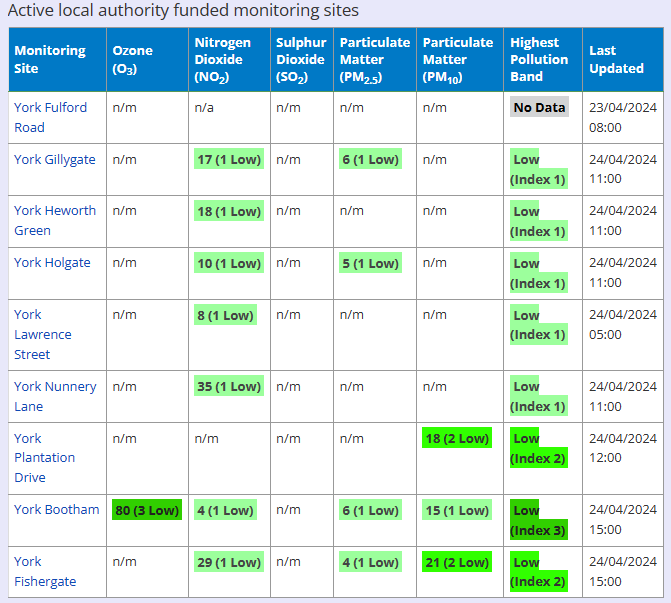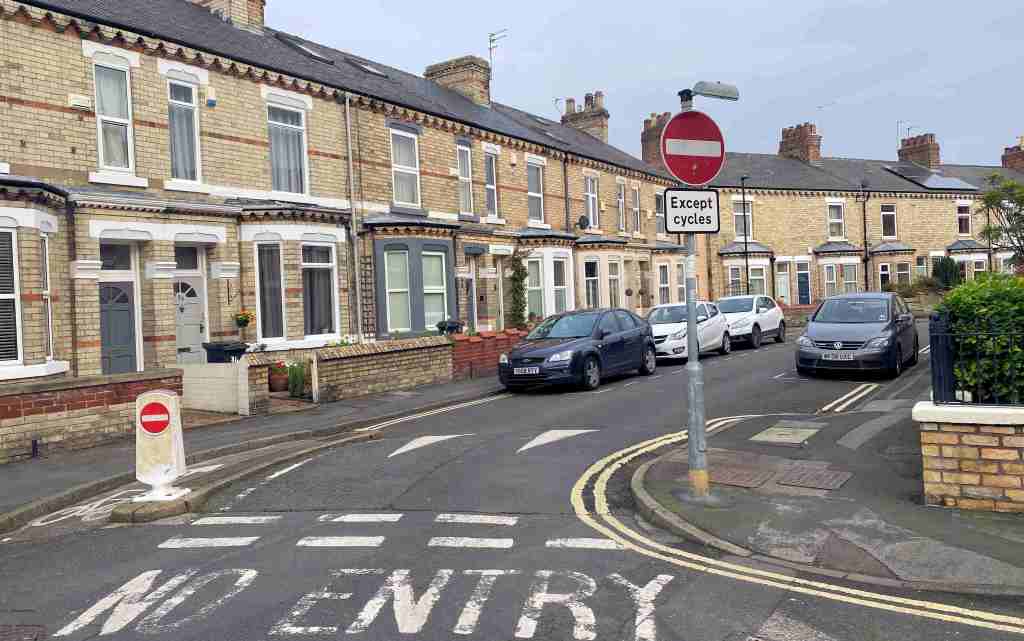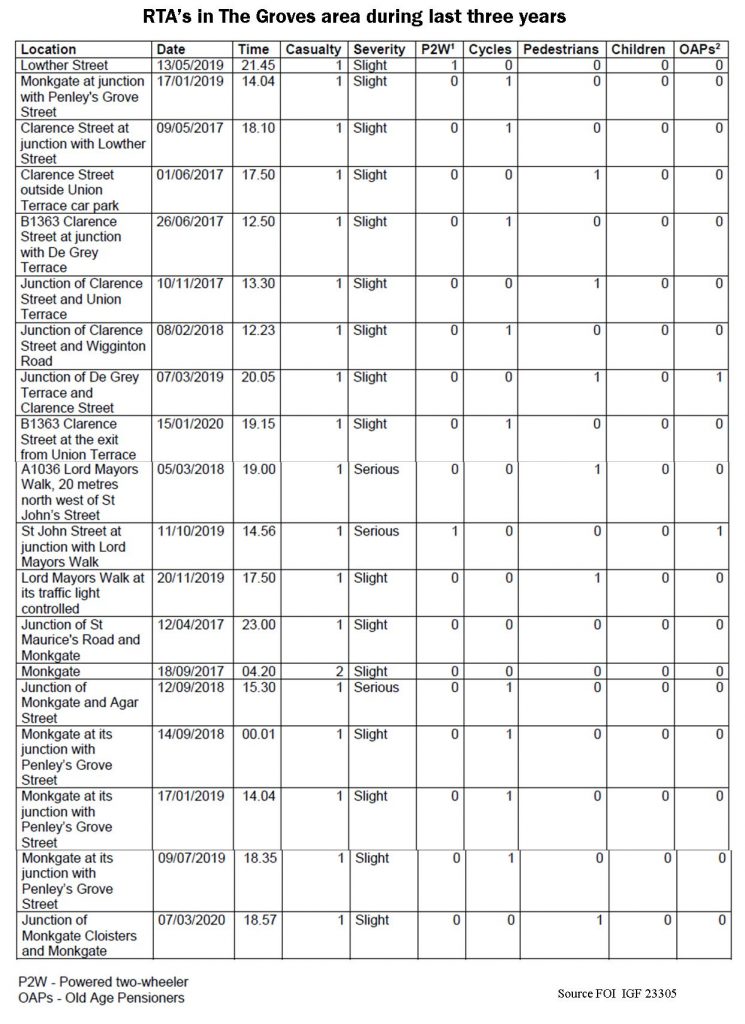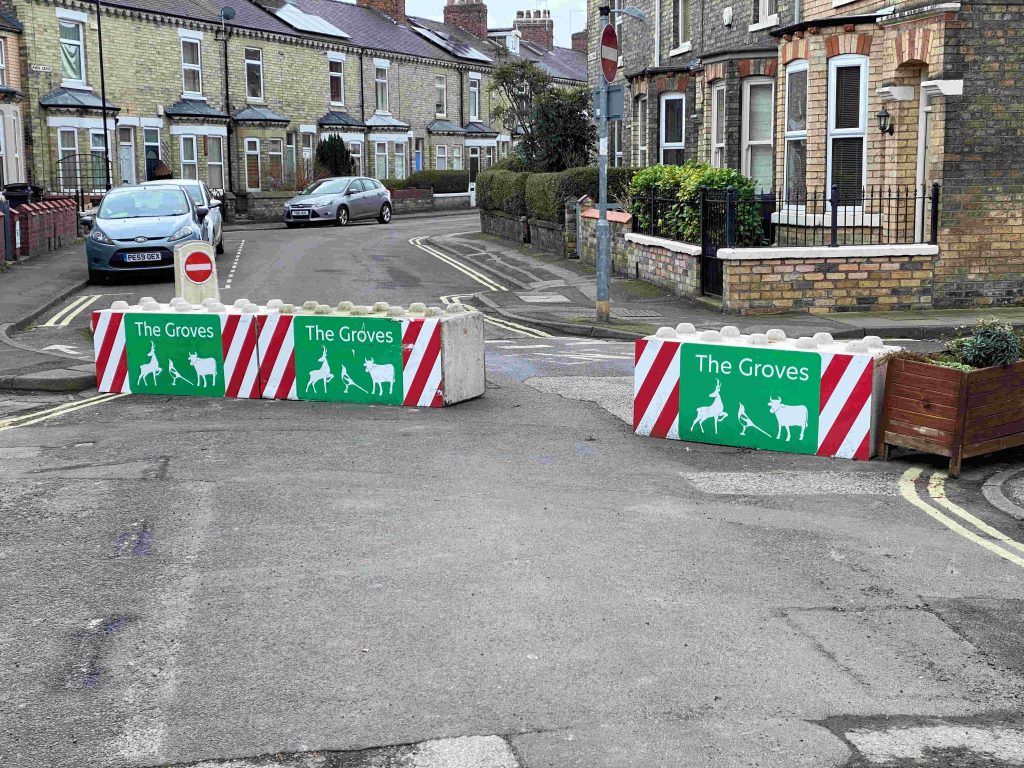Yorkshire Water have revealed heir improvement programme for watercourses in the York area. They will be discussed by a York Council committee next week.
The pollution of watercourses has been a major issue in the current General Election campaign. The “I” newspaper has so far got the unequivocal support of the LibDems, the Green party and dozens of other organisations for its Clean Rivers manifesto
In York last week two Labour Councillors blamed neighbouring residents for discharging raw sewage into Osbaldwick Beck in the Tang Hall/Hull Road park area.. They said that was the cause of the “stink” that comes from the watercourse.

Others have claimed that inappropriate conservation measures have led to excessive weed growth. This has slowed the current causing stagnant pools to form. These are responsible of the “stink”. Residents have also criticised the remodelling of the beck as it deters informal recreational use.
Whatever the truth of the matter may be the causes of the problems need to be resolved.
The Council report tries to explain who is responsible for the quality of watercourses in the City.
The organisations with roles that influence river quality are:
· Ofwat, as a none-ministerial government department set the standards and targets to measure water and sewerage companies’ performance.
· Environment Agency are responsible for monitoring river quality and resource management and can take enforcement action to ensure polluters or those abusing water resource needs are punished and any harm is remedied. Water quality standards are set by the Environment Agency and river quality monitoring is carried out routinely and in response to reports of incidents of environmental harm. Environment Agency officers inspect agricultural and sewerage sites to identify potential pollution impacts and provide or contribute to guidance to identify improved practices to minimise future risks.
· Yorkshire Water’s sewerage network discharges treated effluent and combined sewer overflows to our rivers at controlled standards, volumes and frequencies. Future improvements to overflows will be required in response to Governments Storm Overflows Reduction Plan. Yorkshire Water actively develop and join partnerships across their administrative area to work with partners to improve our rivers.
· Catchment Partnerships and rivers trusts deliver a wide range of projects and programmes to better manage our rivers and provide improved habitats, many galvanise volunteer support but also receive funding and grants from central government to host catchment officers and deliver other key functions.
· City of York Council do not have any direct responsibilities that contribute towards the management of water quality in our rivers. Harm is minimised through effective delivery of our Local Planning Authority role, management of fly tipping on our riverbanks, visits to businesses to inform commercial waste disposal best practice and the delivery of our highway drainage functions.
· Property owners and businesses are responsible for private drainage from their properties and must ensure that they connect to the sewerage system or other agreed point of discharge in an agreed way. Cross connections from homes or businesses into surface water drainage systems can cause polluting inputs into the receiving drainage system. Many drainage systems have historic cross connections that can often be difficult to investigate and resolve.
Ultimately the Environment Agency are responsible for river quality it is their responsibility to hold polluters to account, not the Council”.
Yorkshire Water have 66 combined sewer overflows (CSOs) in York,
Further information on plans and responsibilities can be found by clicking this link
For their part Yorkshire Water report on their planned investment programmes (click)
“We have three types of sewers in our network: foul sewers, surface water sewers and combined sewers. Foul sewers carry waste from properties including from toilets, sinks, showers and washing machines. Surface water sewers contain rainwater which runs off impermeable areas such as paving, roofs and highways. Combined sewers have a mixture of foul and surface water. Foul and combined sewers transport wastewater to the nearest wastewater treatment works where it is cleaned and safely returned to the environment. Surface water sewers usually drain directly into a local watercourse without the need for any treatment.
We all know rainfall in Yorkshire can be unpredictable, so when the networks we operate were constructed, in the main prior to privatisation of the water sector, storm overflows were installed to act as a relief valve for heavy rainfall events. Overflows reduce the pressure on combined sewers and stop the system from backing up and flooding homes and gardens. Most of our storm overflows have preliminary treatment such as screens or storm settlement before they operate.
This asset management period (AMP7), we had already planned to invest £147m directly in reducing discharges from our network. In 2022 we announced £180m of additional investment, with £c.99m of new investment form our shareholders, to reduce Yorkshire Water’s use of combined storm overflows. The target of this investment is to reduce discharges by at least 20% from our 2021 baseline figures. We are using 2021 figures because this was the latest complete data set at the time of announcing the additional investment.
To ensure this investment has the largest impact, we have been undertaking ground surveys, feasibility studies and detailed design and have identified over 130 sites for investment.
Assets in York identified for investment include:
- • Fishergate
- • Layerthorpe
- • Coney Street
- • Kexby Wastewater Treatment Works
- • Wheldrake (known as Courtneys)
- • Elvington
- • Fulford
- • Lower Poppleton
- • Riverside Gardens
In August 2022 the Government published their Storm Overflow Discharge Reduction Plan, which includes 3 key targets; investment in Sites of Special Scientific Interest (SSSIs) and nature reserves, investment in bathing waters, an overall target that storm overflows will not discharge above an average of 10 rainfall events per year by 2050.
Storm overflows including in our business plan for investment next AMP in York are:
- • Bootham Hospital
- • Foss Bank
- • Foss Island Road
- • Fulford Main Street
- • Heworth Green
- • Huntington Road
- • Lendal Hill
- • Marygate Landing
- • Marygate Lane
- • Queen Street Bridge
- • Queen Staith
- • Skeldergate
- • York Landing Lane”





















